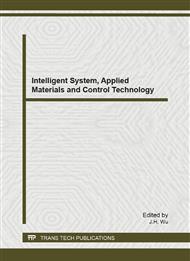p.482
p.487
p.492
p.497
p.501
p.505
p.511
p.515
p.519
Optimization of Excavation Method in Portal Section of Neighborhood Tunnel Based on the Monitoring Results
Abstract:
Based on the excavation of portal section in Linwu neighborhood tunnel, items of the blasting vibration, vault settlement and level convergence are measured in the field construction. And according to the actual exposed surrounding rock, the finite element analytical model is established. The results of monitoring measurement and numerical analysis indicate that, under the circumstances of advance large pipe-shed roof support and varied surrounding rock, the original excavation method is not reasonable, still existing the optimization space. The construction of changed step method is feasible, which reflects the requirement of dynamic design and construction in New Austrian Tunneling Method.
Info:
Periodical:
Pages:
515-518
Citation:
Online since:
January 2013
Authors:
Price:
Сopyright:
© 2013 Trans Tech Publications Ltd. All Rights Reserved
Share:
Citation:


